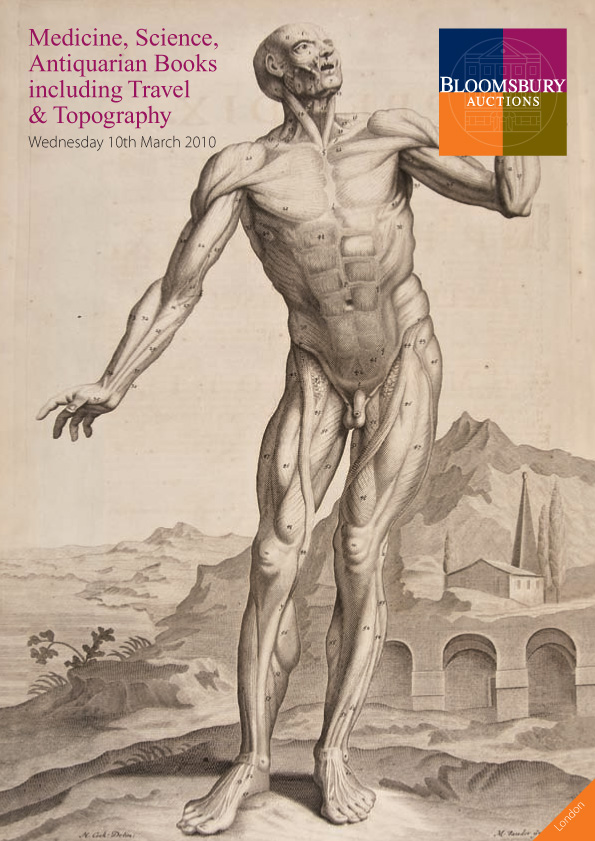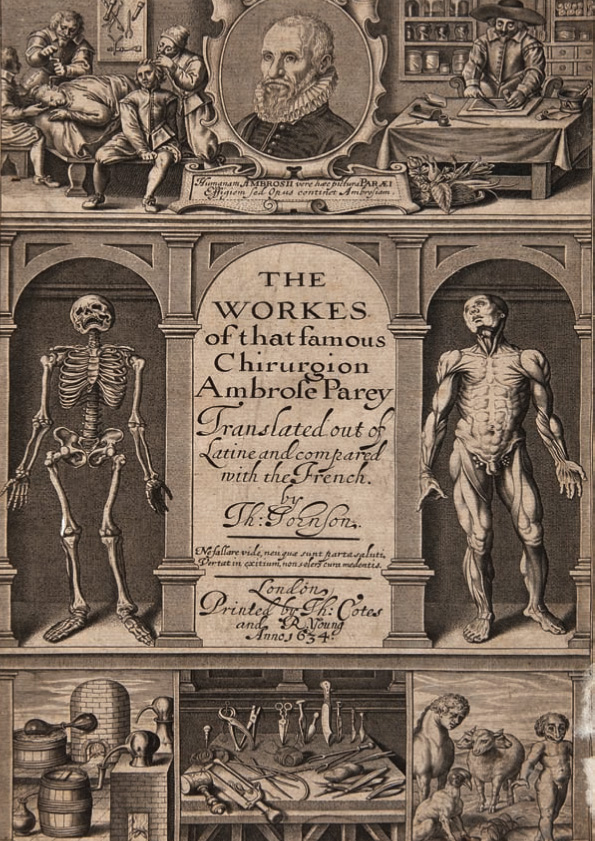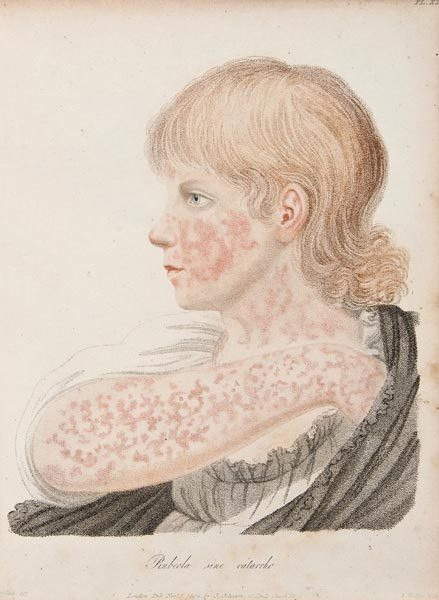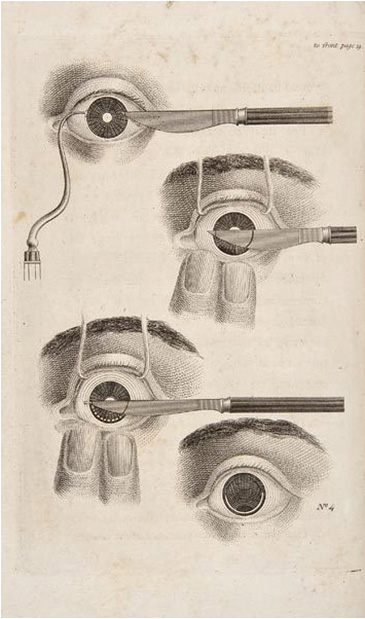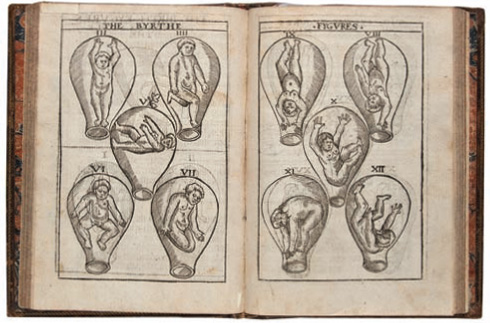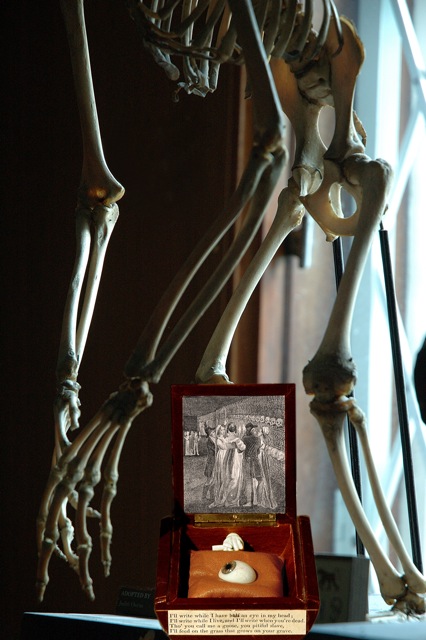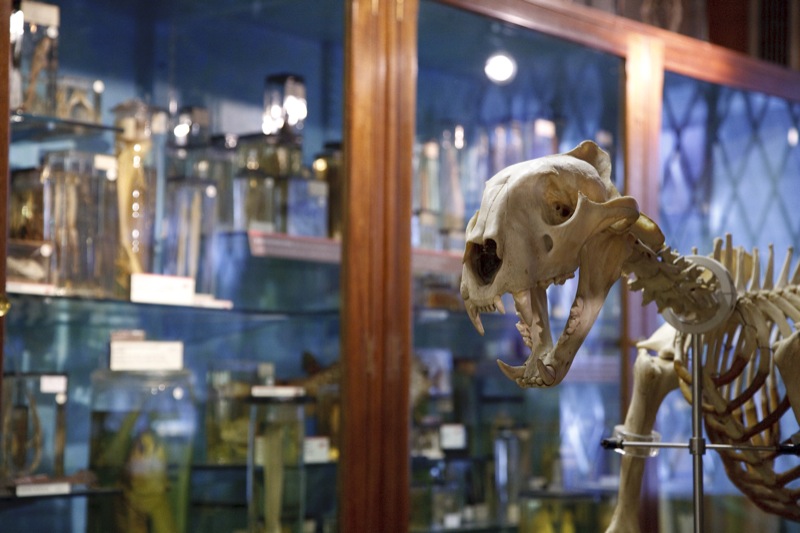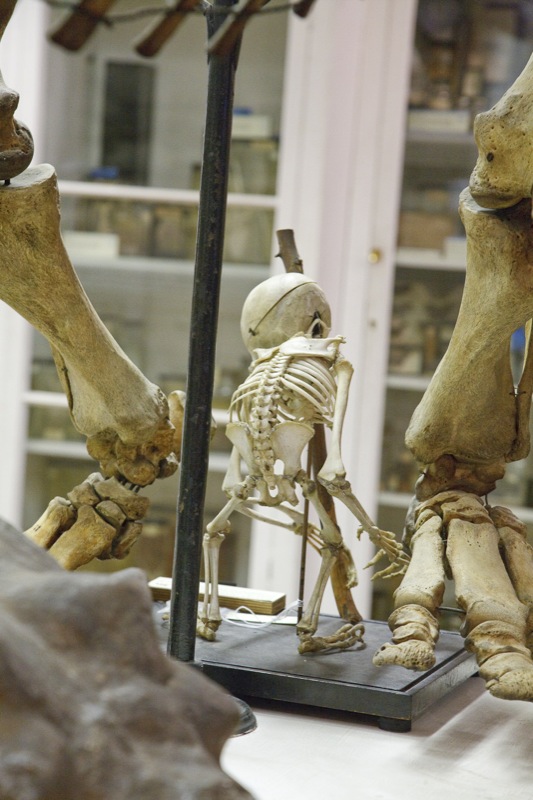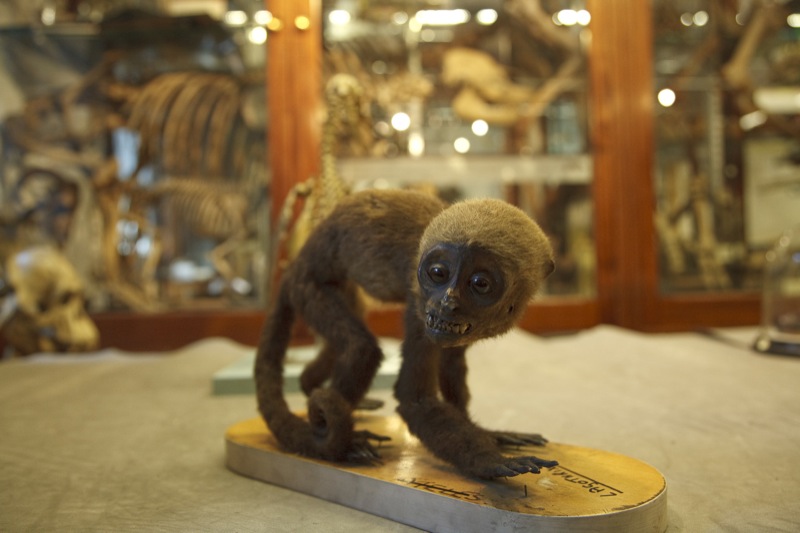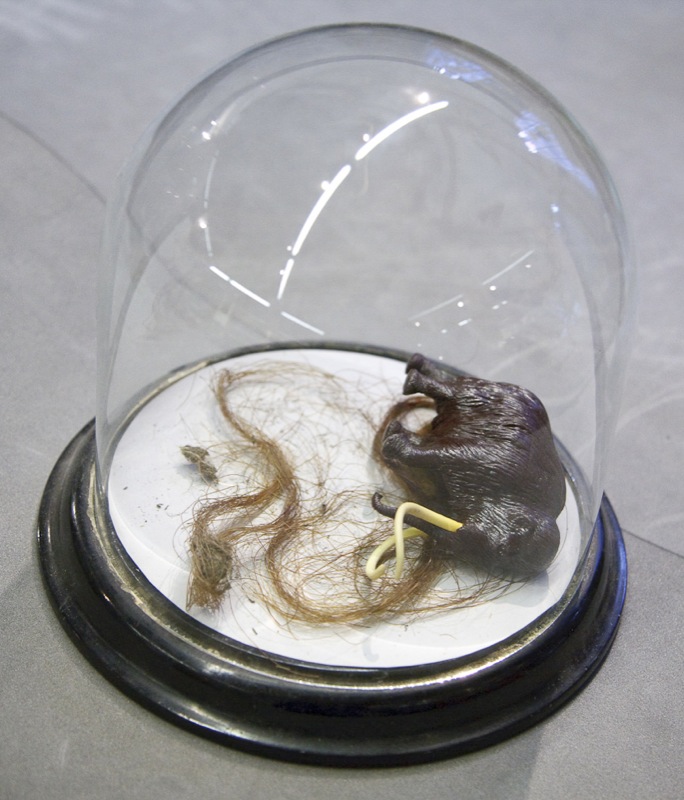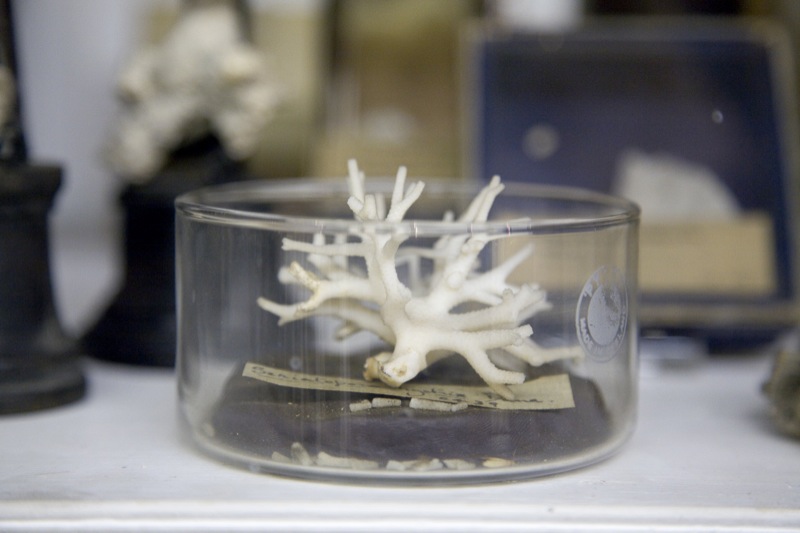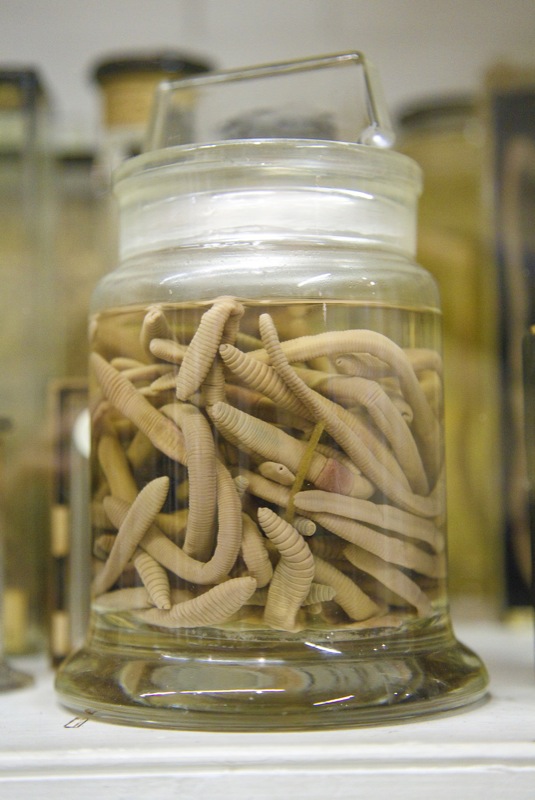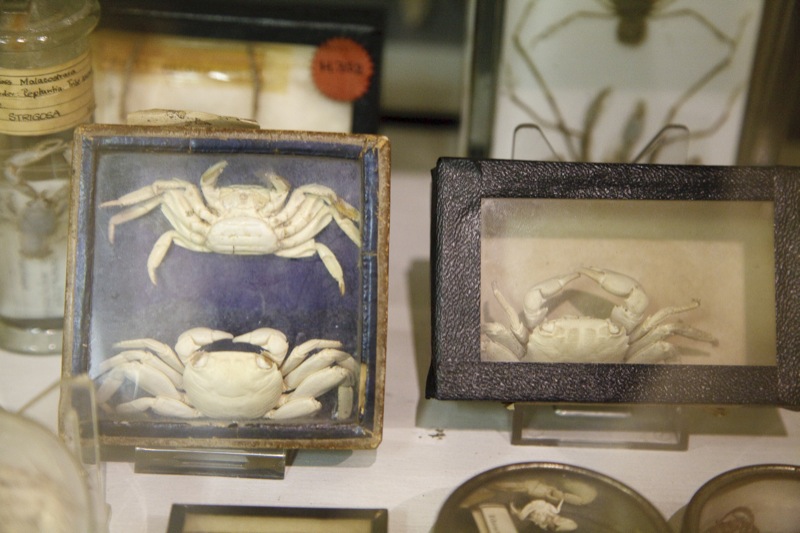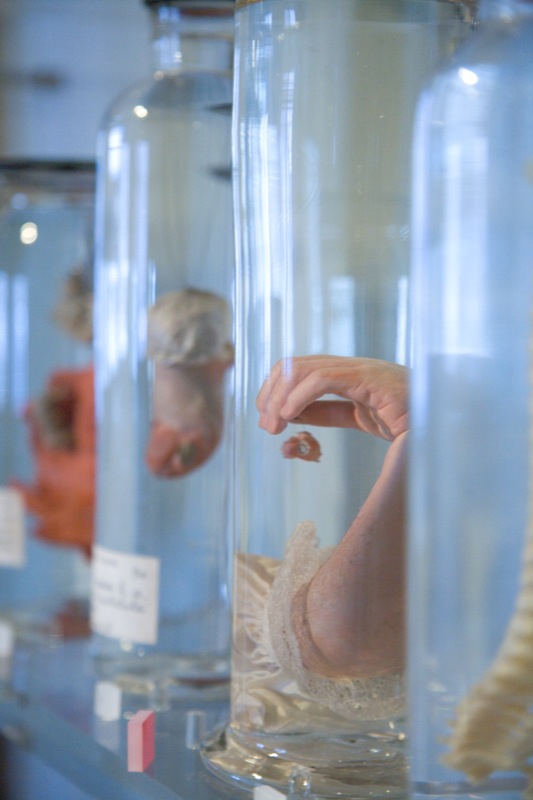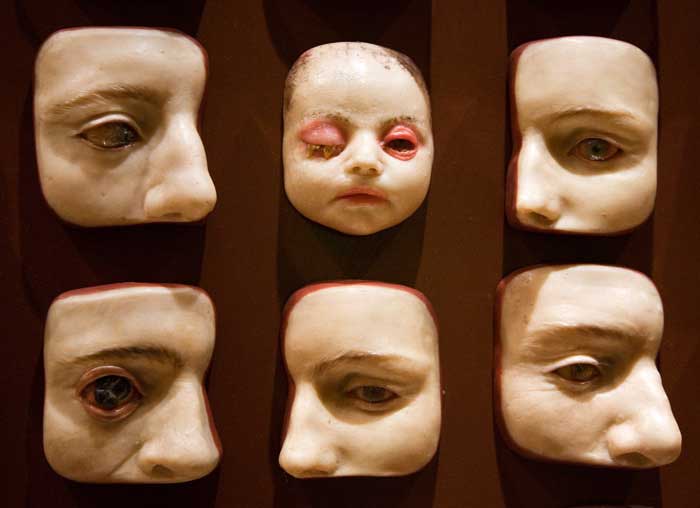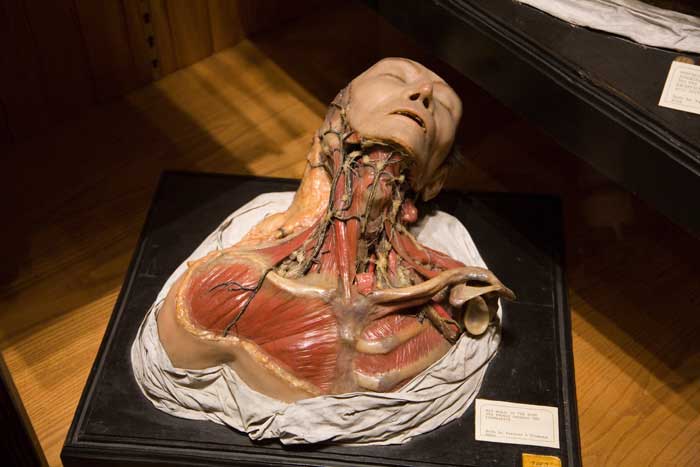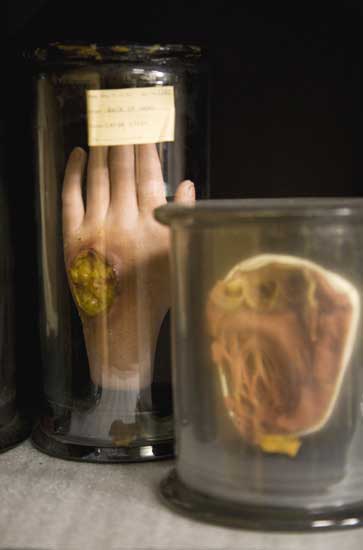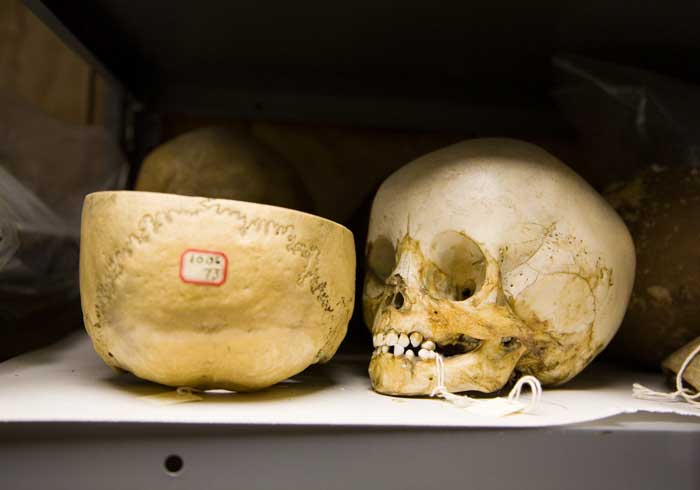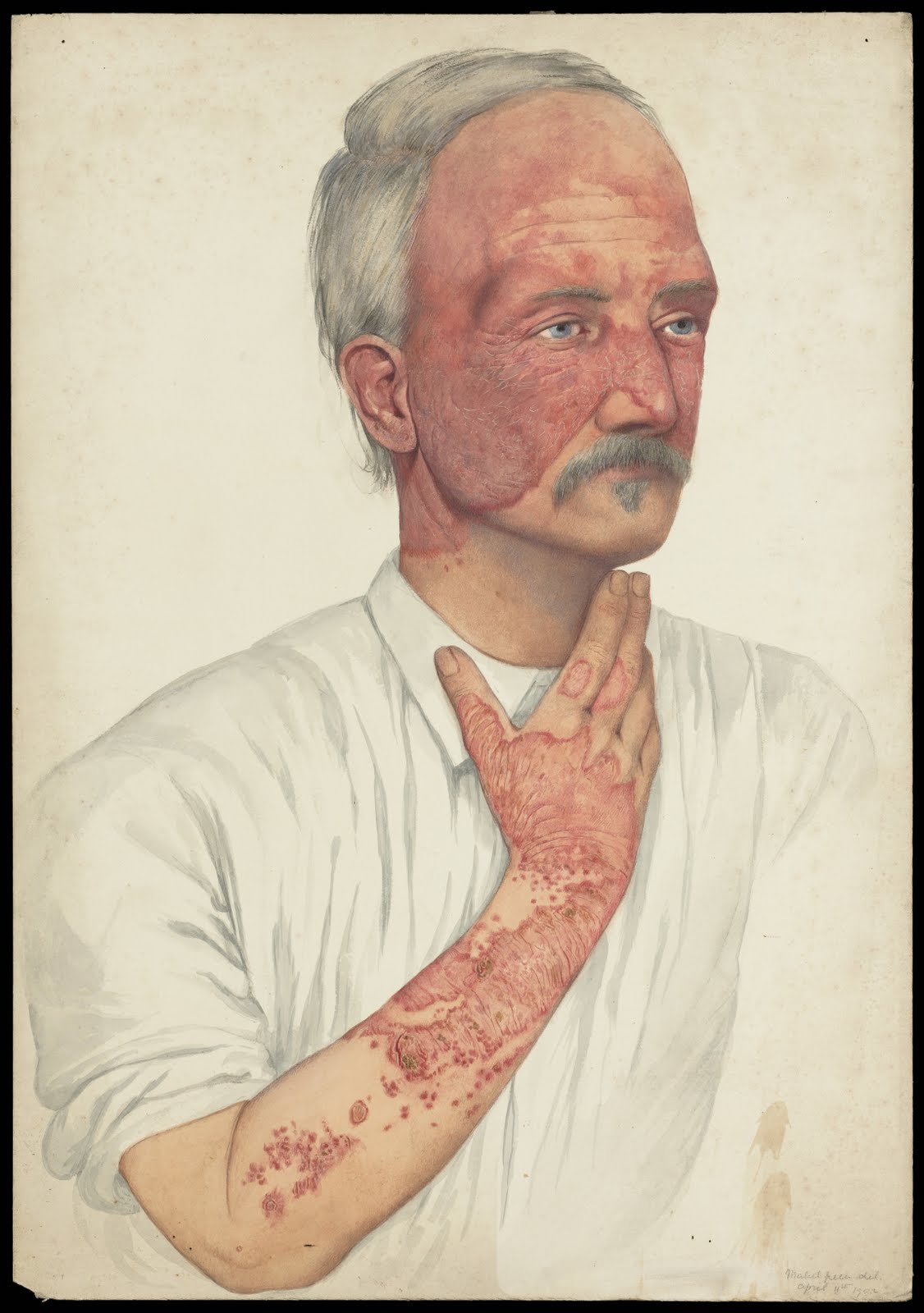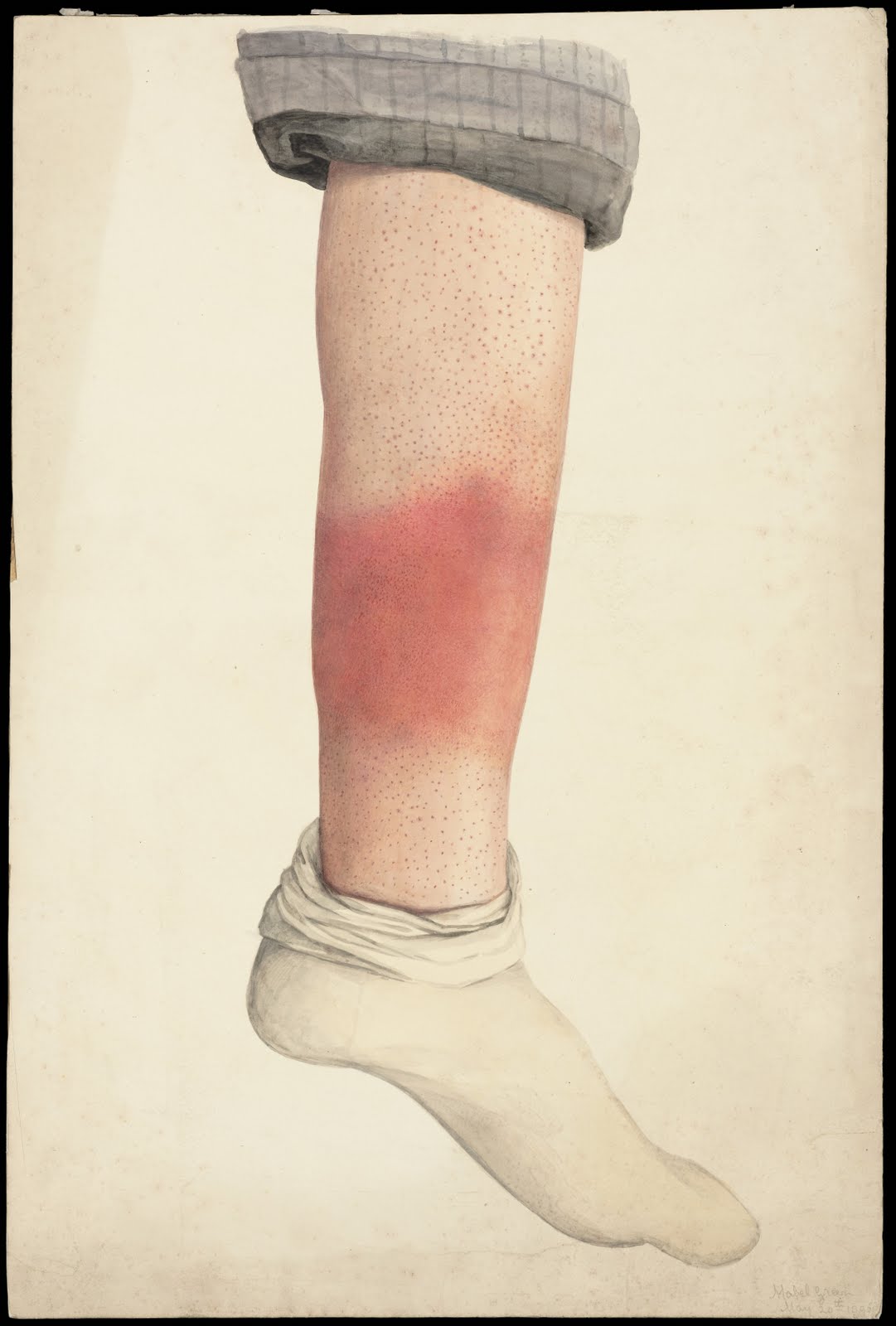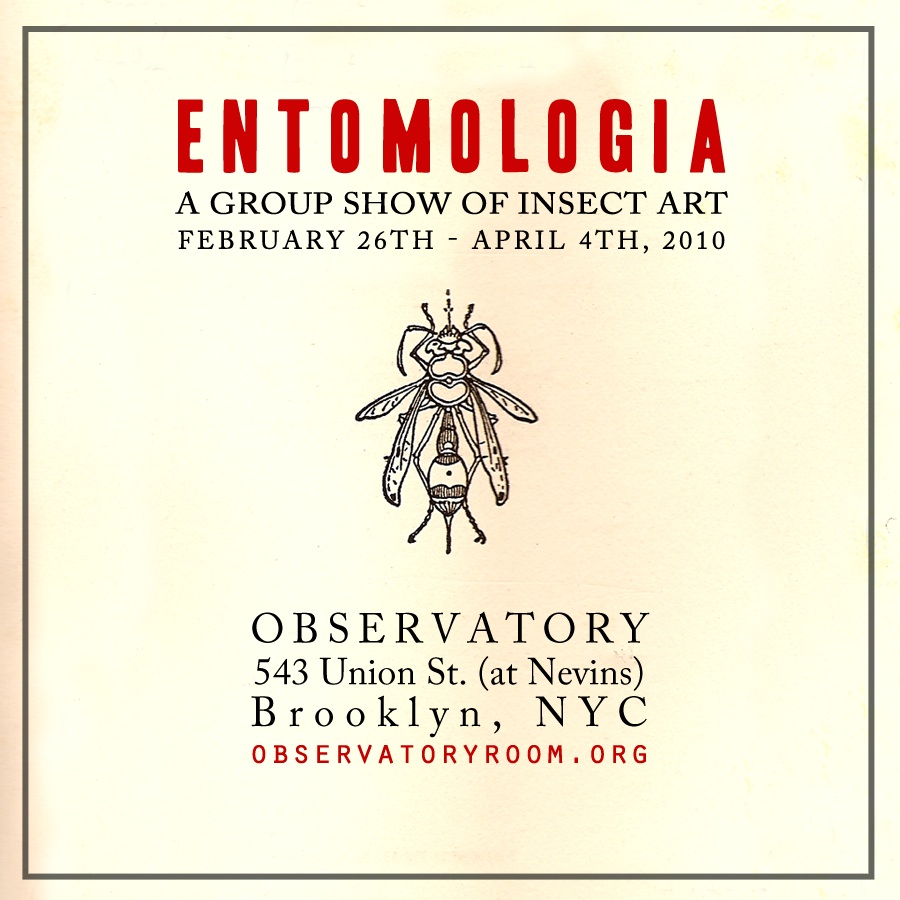
"Four years of hard work in the darkness, and a month of delight in the sun - such is the Cicada's life. We must not blame him for the noisy triumph of his song. For four years he has dug the earth with his feet, and then suddenly he is dressed in exquisite raiment, provided with wings that rival the bird's, and bathed in heat and light. What cymbals can be loud enough to celebrate his happiness, so hardly earned, and so very, very short?" -Jean Henri FabreThis Friday, Februrary 26th, Observatory will be launching our newest exhibition, "Entomologia - A Group Show of Insect Art," with an opening party running from 7-10 PM. I have a few pieces in the show, as do a number of artists I admire. This is sure to be a great show and an epic opening party. Really hope to see you there!
Details follow:
ENTOMOLOGIA - A Group Show of Insect ArtFor directions to Observatory, click here. To see the entire upcoming schedule, click here. To join the mailing list, click here. You can join Observatory on Facebook by clicking here.
February 26th - April 4th, 2010
Opening: Friday, February 26; 7:00 - 10:00
Hours: Thursdays and Fridays 3-6; Saturdays and Sundays 12-6;
OBSERVATORY and Curious Expeditions' Michelle Enemark are delighted to announce "Entomologia," a group show of art incorporating and inspired by insects, on view from February 26th through April 4th.
"Four years of hard work in the darkness, and a month of delight in the sun - such is the Cicada's life. We must not blame him for the noisy triumph of his song. For four years he has dug the earth with his feet, and then suddenly he is dressed in exquisite raiment, provided with wings that rival the bird's, and bathed in heat and light. What cymbals can be loud enough to celebrate his happiness, so hardly earned, and so very, very short?" -Jean Henri Fabre
PARTICIPATING ARTISTS:
Jennifer Angus
Joianne Bittle
Catherine Chalmers
Joanna Ebenstein
Michelle Enemark
Judith Klausner
Barrett Klein
Shanna Maurizi
Herbert Pfostl
Brian Riley
Stacey Steers
Steve Thurston
James Walsh
Lisa Wood
ABOUT THE CURATOR:
Michelle Enemark is the creator of Curious Expeditions, a site devoted to traveling and exhuming the extraordinary past. Curious Expeditions was named a finalist for best travel blog in the 2008 Weblog Awards and received a 2009 Cliopatria Award. A motion graphics artist by trade, visual artist by training, and historian and naturalist by self appointment, Michelle aims to show the forgotten bits of the world, be they lost pieces of history, forgotten museums, or elements of the natural world that have been ignored or overlooked.
ADDITIONAL CURATION:
Jessica Oreck works as an animal keeper and docent at the American Museum of Natural History in NYC. When not at the museum, Jessica spends her time inventing new ways to create a sense of wonder in the world. Jessica just finished her first feature documentary, "Beetle Queen Conquers Tokyo." She is currently in production on several animated science shows, building her own museum exhibition, and pre-production for her next feature film, The Vanquishing of the Witch Baba Yaga.

